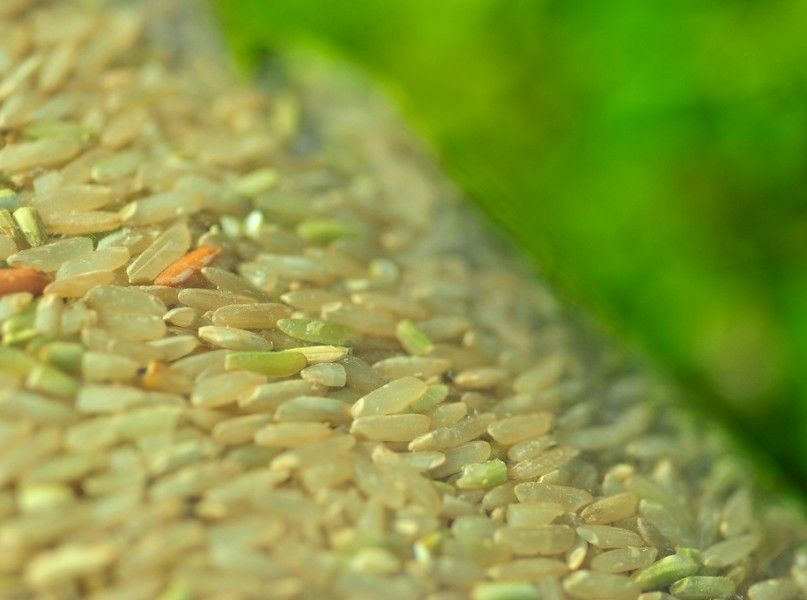When it comes to talking about food security, it’s not often that we talk global, regional and locally-focused specifics. The future of climate change and best ag practices is uncertain at best, and we all know from our daily weather reports that no scientific model is completely reliable.
Despite the uncertainties, a recent report by the International Food Policy Research Institute (IFPRI) is particularly attention-grabbing. It uses a one-of-a-kind model and suggests specific actions for developing countries to attain food security by 2050. The good news is that the outlook is pretty reasonable.
The 174-page report is geared towards policy makers and both the public and private investment sectors. Dividing up the world data into over 21,000 cells, the report combines data from DSSAT, a process-based crop model, and IMPACT, a global, partial-equilibrium and agricultural sector model. Ultimately, its utilized data suggests a warmer and wetter world for crops by 2050.
Focused on increasing the productivity of the globe’s three largest staple crops—maize, rice and wheat—the report suggests three areas of investment that will be most effective: (1) crop productivity research, (2) resource-conserving practices like no-till, integrated soil fertility management, improved crop protection and precision ag, and (3) increased irrigation.
The applied model sets up a daunting challenge. It predicts that between 2005 and 2050, world demand will increase 80 percent for meat, 52 percent for cereal crops and 40 percent roots and tubers. This will lead to severe pricing pressure and increase the number of people at risk for hunger in the developing world from 881 million in 2005 to 1,031 million people by 2050, according to the report.
These are scary numbers. While there are no silver bullets, the report recommends some relatively achievable solutions.
“The reality is that no single agricultural technology or farming practice will provide sufficient food for the world in 2050,” said lead author Mark Rosegrant. “Instead we must advocate for and utilize a range of these technologies in order to maximize yields.”
Examining 11 agricultural practices and technologies, the report reveals that each staple crop in the model reacted differently to the available modern farming technology and practices. Corn thrived best in no-till farming conditions, with crop yields increasing by as much as 20 percent. Rice reacted most effectively to better nitrogen – that is, fertilizer – use and practices (a 22% increase) while wheat productivity was found to benefit most when heat-tolerant varieties are used (a 17% increase). On a simpler level, better irrigation practices could lead to even more dramatic enhanced yields of 67% for corn, 22% for rice and 21% for wheat.
The study suggests that by adopting its suggested techniques and practices, prices could be reduced by as much as 49% for corn, 43% for rice, and 45% for wheat. “One of the most significant barriers to global food security is the high cost of food in developing countries,” Rosegrant said. “Agricultural technologies used in combinations tailored to the crops grown and regional differences could make more food more affordable – especially for those at risk of hunger and malnutrition in developing countries.”
The full IFPRI report can be found here, and is certainly chock-full of more details. Along with the report, the IFPRI has also developed an application called the Agritech Toolbox, specifically designed to provide an interactive way to learn more about achieving sustainable food security. Check out the video below to learn more.
FEATURED PHOTO: IRRI/Flickr













Sponsored
International Fresh Produce Association launches year 3 of its produce accelerator